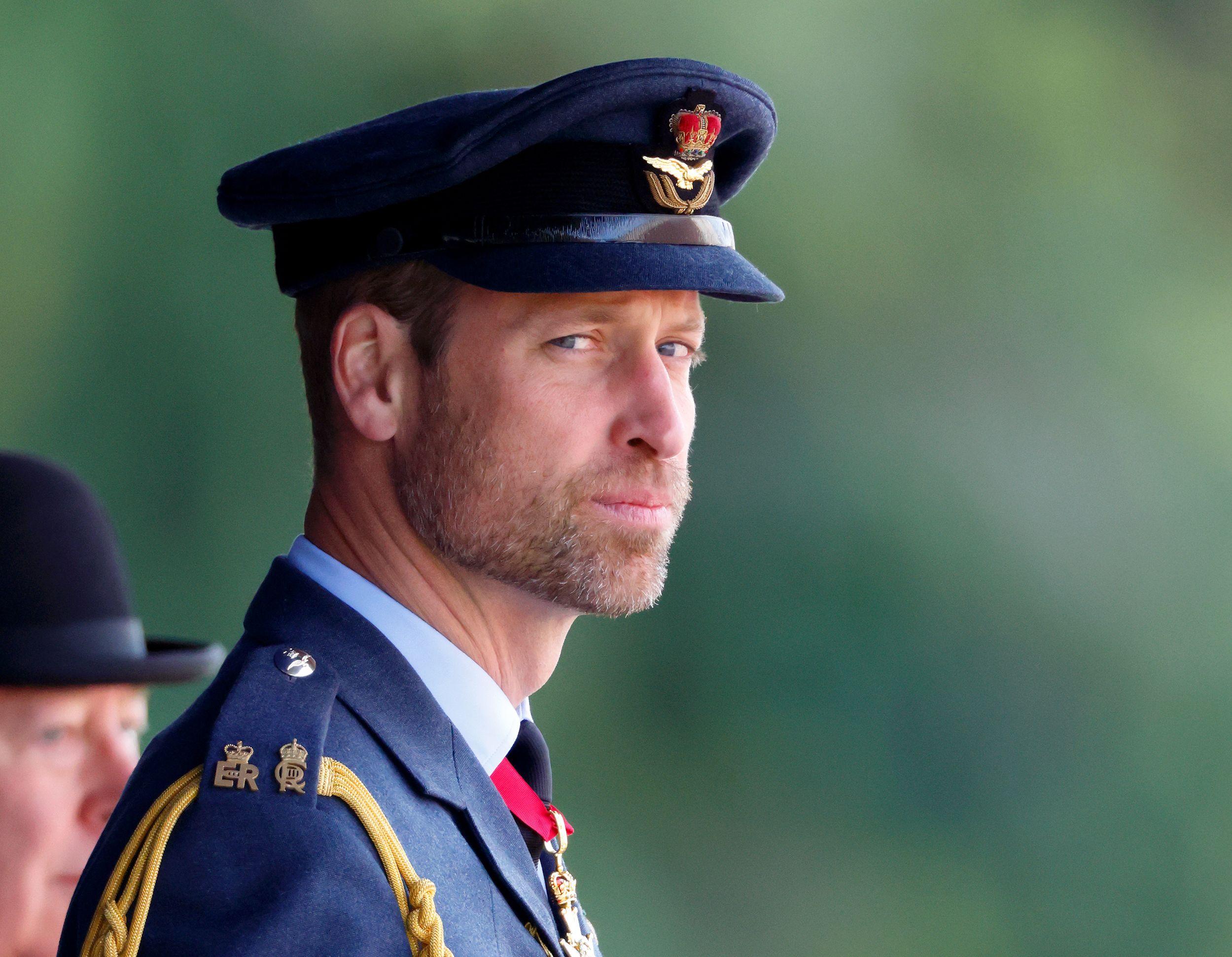Spring is a dangerous time to head into British Columbia's backcountry, outdoor experts warn, as sun and warm daytime temperatures melt snowpack that can become hard and treacherously slippery as it freezes again overnight. Read this article for free: Already have an account? To continue reading, please subscribe: * To continue reading, please subscribe: *$1 will be added to your next bill. After your 4 weeks access is complete your rate will increase by $0.
00 a X percent off the regular rate. Spring is a dangerous time to head into British Columbia's backcountry, outdoor experts warn, as sun and warm daytime temperatures melt snowpack that can become hard and treacherously slippery as it freezes again overnight. Read unlimited articles for free today: Already have an account? Spring is a dangerous time to head into British Columbia’s backcountry, outdoor experts warn, as sun and warm daytime temperatures melt snowpack that can become hard and treacherously slippery as it freezes again overnight.

Doug Pope, search manager with North Shore Rescue based in North Vancouver, B.C., said spring is “probably the most dangerous time of year” in the mountains.
The case of a 28-year-old woman who died after slipping and falling in the Mount Seymour backcountry last weekend underscores the springtime risks, and how quickly an adventure in the mountains can turn into tragedy. The woman and her friend had hiked up to Mount Seymour’s Pump Peak area on the afternoon of April 18, when the snow was soft, and the pair camped overnight. By morning, the snow had hardened, said Pope, who was part of a team who escorted an emergency room doctor to the site where the woman was later found.
He said her friend told rescuers she had dropped her phone, which slid away from her, and she lost her footing and fell down the slope while trying to retrieve it. “They really never saw or heard from her after that,” Pope said. “They called out and didn’t hear anything, and were obviously distraught that their friend had slipped, and then that’s when they called 911 for help.
” Pope said there is a focus on avalanche risk over the winter, but there tends to be “less attention” paid to elevated risks during spring. “We see terrible injuries from slips and falls on the mountain this time of year, and the typical scenario is, you know, it’s a nice, sunny, warm day in the city here, and then people go up onto the mountain, not realizing it’s really winter conditions.” He said someone who has fallen could reach a significant speed sliding downhill, and there are many hazards, including rocky outcroppings and trees.
Sandra Riches, executive director of the B.C. chapter of AdventureSmart, echoed Pope, saying spring weather can lead to a “false sense of security.
” She said people need to have the right equipment and do proper trip planning. “Think about your terrain choice really wisely, and the aspects and the slope, based on sun exposure and what that can do to the snow,” she said. “Understand that these conditions vary dramatically in the spring.
” Pope said gear needed for a gentle to moderate slope at this time of year would include hiking boots with micro-spikes and hiking poles, while steeper climbs on snowy slopes call for boots with crampons and an ice axe. The area where the woman fell on Mount Seymour appears gentle and “quite inviting” from above, he said, but the slope becomes continually steeper. “She slipped on hard snow and fell at least 400 metres’ distance,” Pope said.
Pope said the woman was not from B.C.’s Lower Mainland, but he did not have further details about her identity.
The situation shares elements of another recent call for help from North Shore Rescue after an 18-year-old man sustained serious injuries from falling down an icy slope at the Mt. Seymour Ski Resort, said Pope, who was not part of that effort. “It was a similar situation in that it was very firm, hard snow on steep slope.
” The young man had apparently attempted to a retrieve a ski lost by a member of his group and slipped “a long way” down the slope, Pope said. A fundraiser on the GoFundMe website states an 18-year-old man was skiing on April 14 and slipped while helping a friend retrieve a ski. The page set up by a family friend says he was wearing a helmet, but he struck his head and sustained “multiple traumatic injuries,” including a broken femur.
During Elections Get campaign news, insight, analysis and commentary delivered to your inbox during Canada's 2025 election. Riches said it’s important to take a moment to pause and consider the situation and surroundings before reacting when something goes wrong in the backcountry. “We’re asking you to take that minute or take that slight step back mentally, and maybe physically, to think about where you are, how safe can I move or not.
” There is no piece of gear that is worth risking personal safety, Riches added. “As we think about these adventures, I want you to think about your destination, and it’s not the summit or the peak. Your destination is home,” she said.
This report by The Canadian Press was first published April 23, 2025. Advertisement Advertisement The Free Press acknowledges the financial support it receives from , which makes our coverage of religion possible..
















